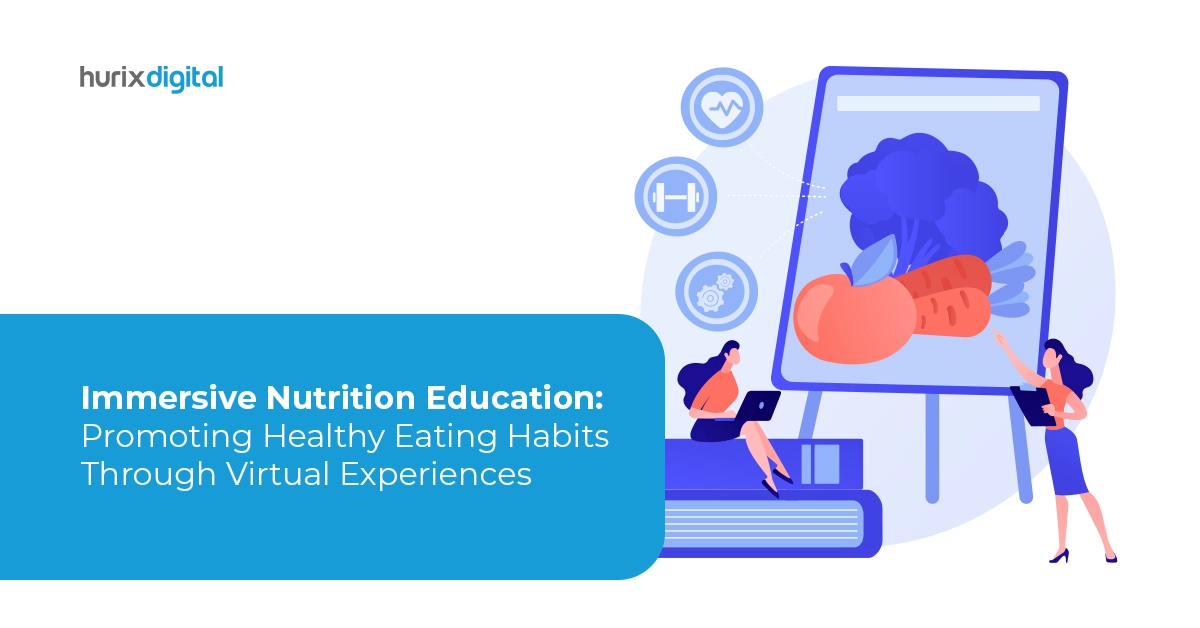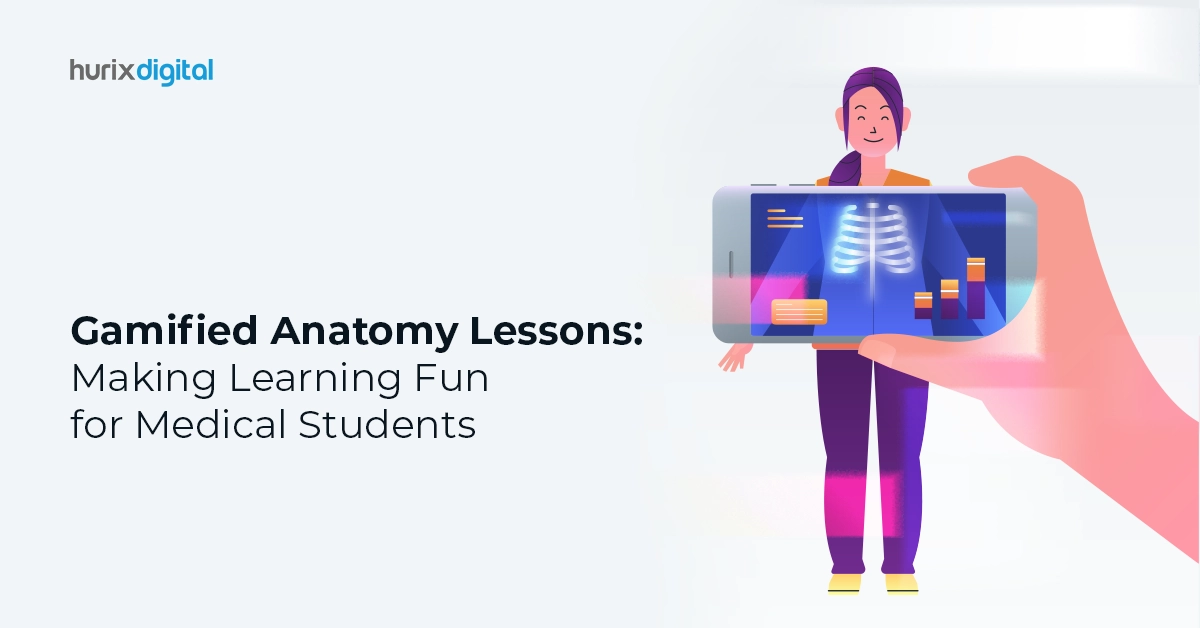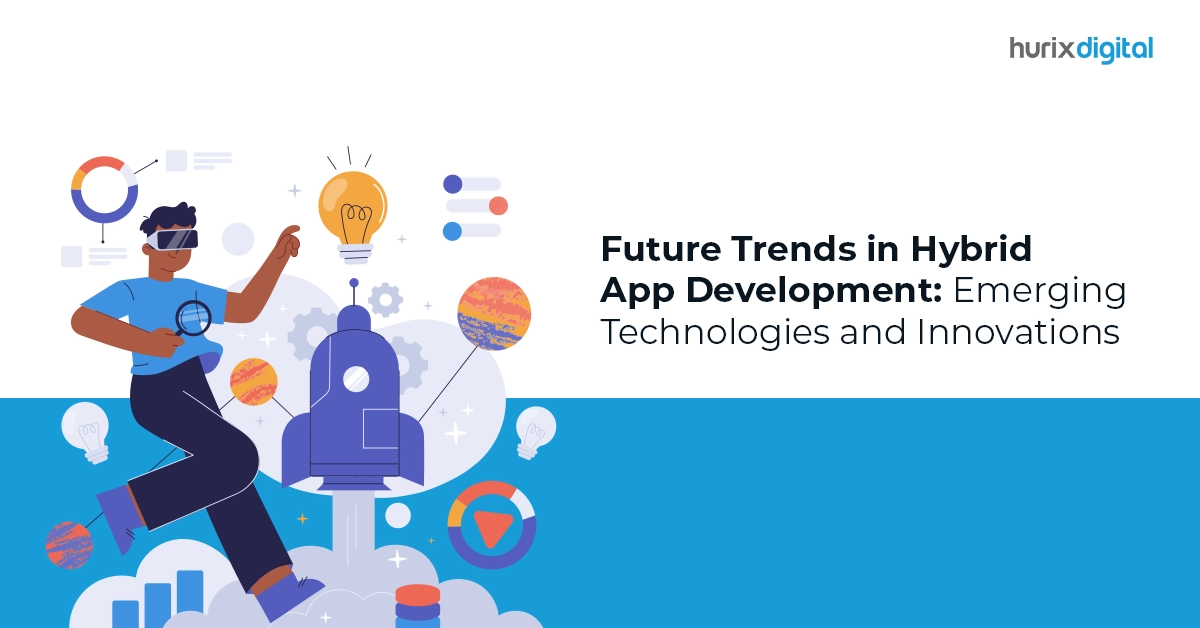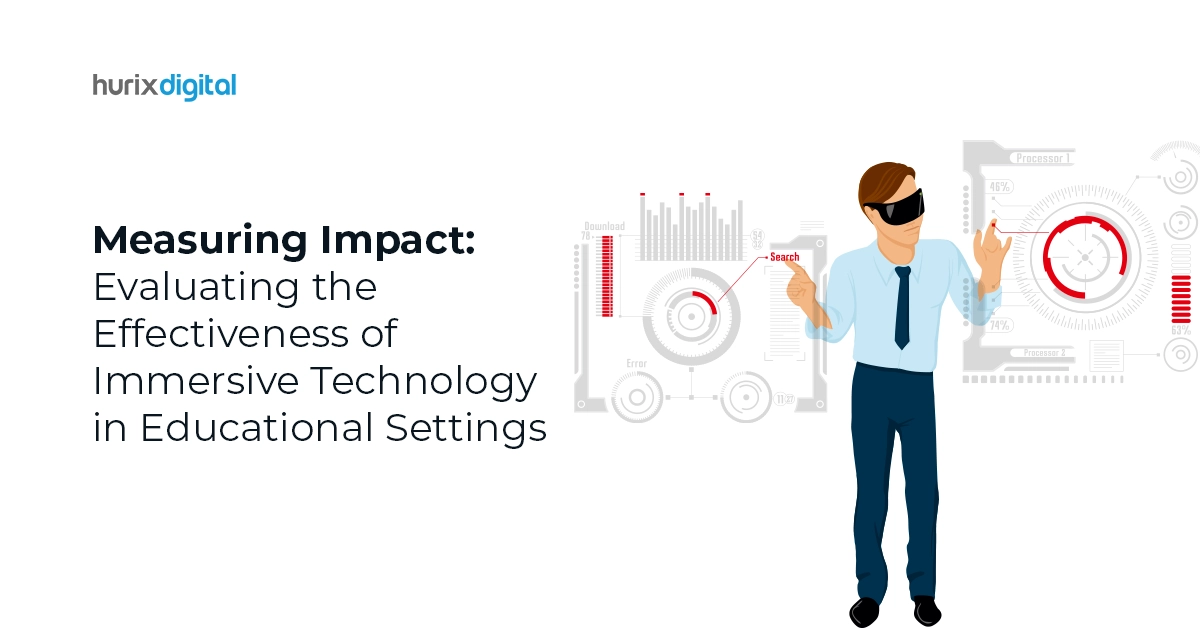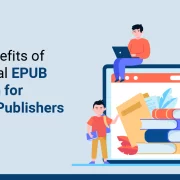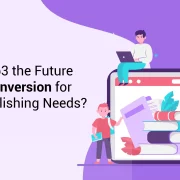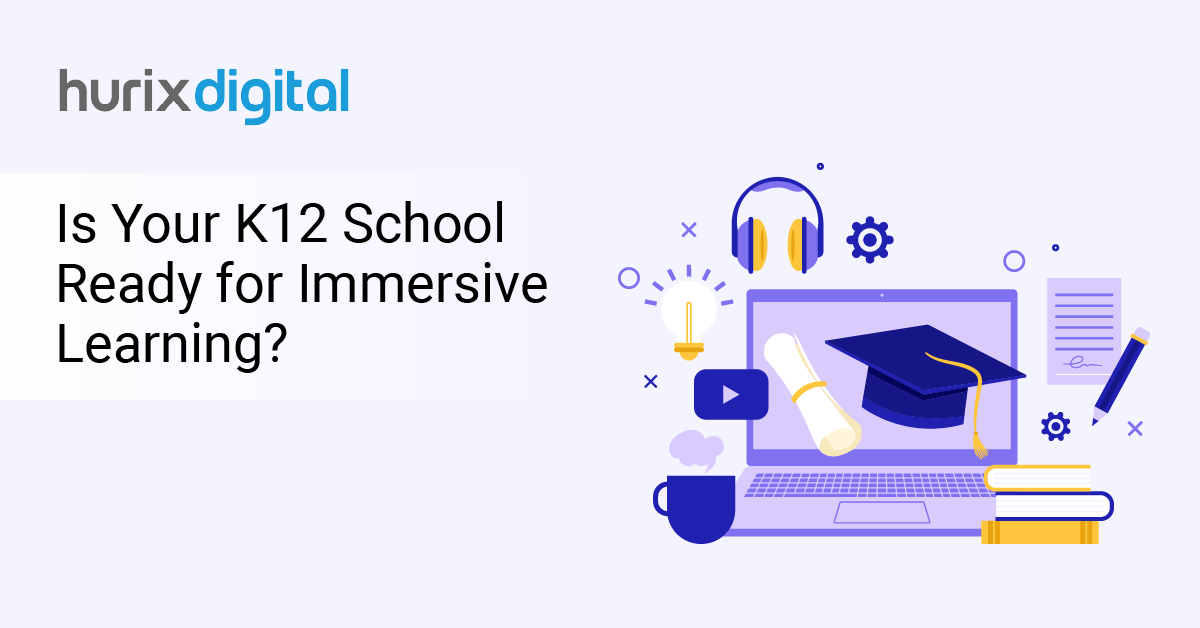
Is Your K12 School Ready for Immersive Learning?
Summary
Exploring how VR and AR in edTech transform K12 learning, with implementation steps and Hurix Digital’s role in enhancing digital strategies.
The educational system is evolving, and edTech for K12 is at the center of this change. Year after year, technology expands and presents new chances to enrich the student’s learning process. Among these, the most effective is immersive learning, where students interact with the lesson intended to teach them.
In this article, you will learn about the changes that occurred to edTech for K12, discover immersive learning, and learn how K12 students benefit from it.
There are also clear suggestions for how these revolutionary technologies can be integrated into the school. This guide would help the school leader, teacher, or even an education policy maker comprehend the edutainment learning environment and how to align your K12 education institution for the future.
Table of Contents:
- The Evolution of EdTech in K12 Education
- Understanding Immersive Learning
- Benefits of Immersive Learning for K12 Students
- Steps to Implement Immersive Learning in Educational Institutions
- Conclusion
The Evolution of EdTech in K12 Education
Technology integration in K12 education has advanced tremendously in the past few years. From simple computer labs used in teaching to the Learning Management Systems that are in use today, edTech for K12 has gone through several phases. Such a progression has led to the development of a more sophisticated and user-engaging learning environment.
Key milestones in the evolution of edTech for K12 include:
- Introduction of computers in classrooms
- Development of educational software and apps
- Adoption of interactive whiteboards and tablets
- Implementation of online learning platforms
- Integration of artificial intelligence (AI) and machine learning (ML)
In the upcoming years, with further advent of technology, there will more more educational technologies curated particularly for edTech for K12.
Also Read: 10 Tips for Choosing the Right Educational Games for K12 Curriculum
Understanding Immersive Learning
Immersive learning in K12 education refers to an educational system in which students are completely immersed in what is perhaps a fabricated environment. This approach adopts the use of technology in school whereby virtual reality is used and augmented reality in the classroom to improve nonconventional learning solutions.
Key components of immersive learning include:
- Virtual Reality (VR) in Schools: Fully immersive 3D environments
- Augmented Reality (AR) in Classrooms: Digital overlays on the real world
- Mixed Reality (MR): Combination of real and virtual elements
- 360-Degree Videos: Immersive video experiences
These technologies allow your students to simulate manipulating environments, objects, and scenarios, thus providing much-needed practical ways of explaining complex concepts.
Benefits of Immersive Learning for K12 Students
The integration of immersive learning in K12 education offers numerous advantages for your students:
1. Enhanced Engagement
The use of engaging activities and games grabs the attention of the students and in turn, makes them willing learners. A study found that the students who underwent the immersive learning experiences were found to be more engaged than those who used traditional teaching methods.
2. Improved Retention
Immersive learning enables students to understand concepts in various aspects, thus, enhancing their ability to comprehend what is learned. It is found that retention rates, including student retention, can go up to 75% with the use of immersive learning methods.
3. Practical Application
VR in schools enables learners to learn skills in a safe environment since they can practice in a controlled setting. This is especially helpful for subjects such as science, in which experiments that could be dangerous or costly to carry out in real life may be demonstrated.
4. Personalized Learning
Immersive technologies can adapt to individual learning styles and paces, providing a more tailored educational experience.
5. Development of 21st-Century Skills
Interactive learning experiences enhance the learning of students and provide the relevant skills required in today’s knowledge economy including critical thinking, problem-solving, and use of technology.
Steps to Implement Immersive Learning in Educational Institutions
Implementing immersive learning in K12 institutions requires careful planning and execution. Here are key steps to consider:
Step 1: Assess Your Institution’s Readiness
Identify the current situation of the technologies already in use within your educational institution and determine the aspects that need improvement to support immersive learning technologies.
Step 2: Set Clear Objectives
Set learning objectives that you would wish to achieve using the immersive learning cases.
Step 3: Choose Appropriate Technologies
Choose the relevant kind of learning activities to be covered that meet your learning goals and are appropriate for the students’ ages.
Step 4: Train Educators
Ensure that teachers are well-oriented on how to go about the implementation of immersive technologies in classroom teachings.
Step 5: Start Small and Scale up
Start by testing the use of immersive technology in certain classes or subjects, and then move on to other classes.
Step 6: Measure and Evaluate
Continuously evaluate the effectiveness of the immersive learning on the students and the outcomes and make modifications if required.
Step 7: Ensure Accessibility
Given the WACG guidelines, it is crucial to inculcate accessibility. This enables educators to widen access to learning materials and comply with the regulations to promote inclusive learning for all, regardless of disability.
Also Read: Top 5 Ways to Make K12 Curriculum Engaging with Animation
Conclusion
When speaking about the further development of edTech for K12, immersive learning can become one of the key directions that will change the learning process for K12 students. You can use these technologies to develop an even more interactive, efficient, and individualized learning environment, which will help to prepare students for the demands of the modern world.
Although applying the immersive learning approach can be described as a complex process, the positive effects on the students’ activity, their interests, and the educational process’s outcomes justify the efforts. Using this guide and getting updated on the latest trends in edTech for K12, it is possible to include effective methods of immersive learning in your school successfully.
Are you ready to take the learning experience of K12 school to the next level? At Hurix Digital, we can guide you through the sphere of immersive learning and define the best edTech for K12 solutions. Contact us today, and let us show you how you could leverage our services to advance your school’s digital learning strategy.

Senior Vice President – Business Development
Over 25 years of experience in the edtech and workforce learning industry with strong skills in Business Development, Customer Relationship Management (CRM) and Strategy.
